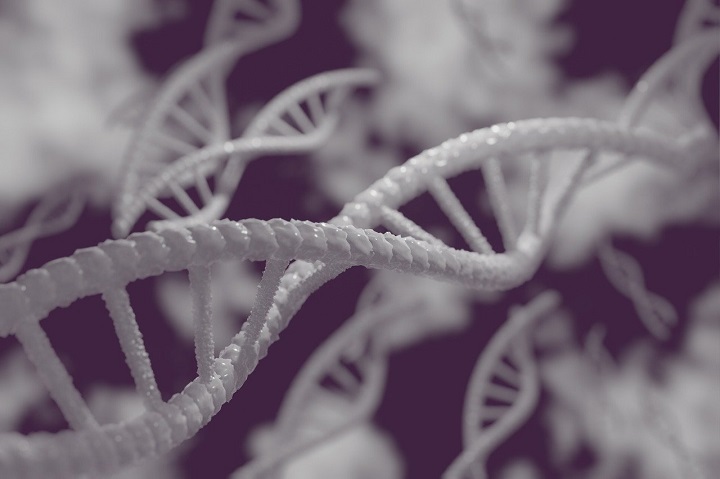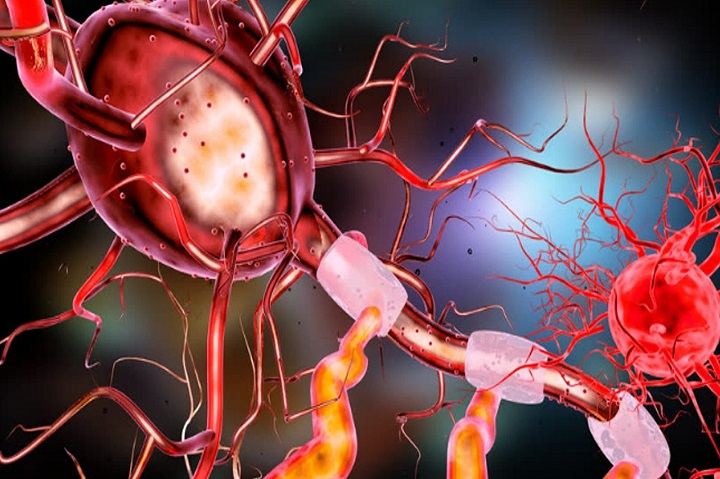Haploinsufficiency is the requirement for 2 wild-type copies of a gene for a normal phenotype. For haploinsufficient genes, while one copy of a gene is deleted or contains a loss-of-function mutation, the dosage of regular product generated with the single wild-type gene isn’t always sufficient entire function.
Diseases resulting from haploinsufficiency are commonly due to mutations in genes encoding proteins need in large amounts, or in genes encoding regulatory molecules whose concentrations are intently titrated inside the organism.
Human illnesses associated with haploinsufficiency include Greig syndrome, which ends up from a loss of the transcriptional regulatory protein GLI-3, and Williams syndrome, which outcome from a remotion of the gene encoding the extracellular matrix protein elastin.
Table of Contents
1. Human Diseases Caused by Haploinsufficiency
These include:
- Some cancers
- 1q21.1 deletion syndrome
- 5q- syndrome in myelodysplastic syndrome (MDS)
- 22q11.2 deletion syndrome
- CHARGE syndrome
- Cleidocranial dysostosis
- Ehlers–Danlos syndrome
- Frontotemporal dementia is caused by mutations in progranulin
- GLUT1 deficiency (DeVivo syndrome)
- Haploinsufficiency of A20
- Holoprosencephaly caused by haploinsufficiency in the Sonic Hedgehog gene
- Holt–Oram syndrome
- Marfan syndrome
- Phelan–McDermid syndrome
- Polydactyly
- Dravet Syndrome
2. Why Haploinsufficiency Persists
a. Significance
For most genes, a single copy is sufficient to support the average growth and improvement of diploid organisms. However, a small subset of genes referred to as haploinsufficient (HI) genes exhibit extreme sensitivity to decreased gene dosage.
Given the comparably high frequency of gene-inactivating mutations over an organism’s lifespan, and cell-to-cell variability in gene expression, haploinsufficiency means a significant barrier to organismal fitness.

The uttering of these genes has not been regulating evolutionary time to rid of their haploinsufficiency remains unexplained. We locate that an increase in expression cannot overcome the limit of haploinsufficient genes on organismal fitness because haploinsufficient genes additionally confer a fitness disadvantage when encoded in extra copy, leaving these genes evolutionarily “stuck.”
It describes the lower in organismal fitness observed when a single copy of a gene is deleted in diploids. We look into the origin of haploinsufficiency by creating a complete dosage sensitivity data set for genes under their native promoters.
We exhibit that the expression of haploinsufficient genes is limited using the toxicity of their overexpression. We similarly show that the fitness penalty related to different gene copy numbers is not the only cause of haploinsufficiency.
b. Haploinsufficient Genes
Haploinsufficient genes speak for a unique subset of genes sensitive to copy number increases. They are also limiting critical cellular processes when present in one copy instead of two. The selective pressure to decrease gene expression due to the toxicity of overexpression, mixed with the pressure to growth expression because of their fitness-limiting nature, has made haploinsufficient genes susceptible to changes in gene expression.
As an outcome, Its genes are dosage stabilized, showing much greater narrow ranges in cell-to-cell variability of expression than other genome genes. We recommend a dosage-stabilizing hypothesis of haploinsufficiency to explain its staying power over evolutionary time.
3. Haploinsufficiency: Genetics of Primary Immune Deficiencies
It occurs while most effective 50% of the standard active form of a specific protein is expressed in a cell. This mislaying of half of the protein activity is enough to cause disease. Autosomal genes encode the majority of proteins in the cell. In most instances, there are two copies or alleles of each autosomal gene; one found on the chromosome by the mother and the other situated on the father’s chromosome.
A deletion or nonsense alteration in one copy of a gene that guides no protein being expressed from that allele is conducted to haploinsufficiency. Similarly, a missense alteration in one copy of a gene causes the protein conveys from that allele to be non-functional to haploinsufficiency of protein purpose even though the total amount of that protein communicate in the cell is average.
One example of an immunodeficiency caused by haploinsufficiency is MonoMac syndrome, in which mutations in one copy of the gene encoding the transcription factor GATA2 eventually lead to monocyte and B cell deficiency, contamination caused by viruses and mycobacteria, and hematopoietic malignancies.
4. Syngap1 Haploinsufficiency
Syngap1 damages a critical postnatal period of pyramidal cell structural maturation linked to the cortical circuit assembly Genetic haploinsufficiency of Syngap1 typically happens in developmental brain disorders, such as intellectual disability (ID), epilepsy, schizophrenia (SCZ), and autism spectrum (ASD) disorder.
Thus, learning mouse models of Syngap1 may uncover pathological developmental process standards amongst distinct brain confusion.

a. Methods
A Syngap1 model was used to inspect the connection between critical period dendritic spine damage; cortical circuit gathering and the window for genetic save to understand how damaging mutations disrupt critical substrates of mouse brain development.
b. Results
Syngap1 mutations widely disrupted a developmentally sensitive period that corresponded to the period of heightened postnatal cortical synaptogenesis. Pathogenic Syngap1 mutations caused a coordinated acceleration of dendrite elongation and backbone morphogenesis and pruning of these structures in neonatal cortical pyramidal neurons.
These mutations additionally prevented a form of developmental structural plasticity associated with the experience-dependent reorganization of brain circuits. Consistent with these findings, Syngap1 mutant mice displayed an altered sample of long-distance synaptic inputs into a cortical area important for cognition.
Interestingly, the ability to genetically improve the behavioral endophenotype of Syngap1 mice reduced slowly over postnatal development and mapped onto the developmental period of coordinated dendritic insults.
5. YY1 Haploinsufficiency Causes
YY1 Haploinsufficiency Causes an Intellectual disorder Syndrome Featuring Transcriptional and Chromatin Dysfunction. Yin and yang 1 (YY1) is a famous zinc-finger transcription factor with crucial roles in normal development and malignancy. YY1 acts each as a repressor and as an activator of gene expression.
We have identified 23 individuals with de novo mutations or deletions of YY1 and phenotypic features that define a syndrome of cognitive impairment, behavioral alterations, intrauterine increase restriction, feeding problems, and numerous congenital malformations.
Our combined clinical and molecular data define “YY1 syndrome” as a haploinsufficiency syndrome. Through immunoprecipitation of YY1-bound chromatin from affected people’s cells with antibodies recognizing both ends of the protein, we show that YY1 deletions and missense mutations lead to a global loss of YY1 binding with preferential retention at high-occupancy sites.
Finally, we uncover a widespread loss of H3K27 acetylation, especially on the YY1-bound enhancers, underscoring a critical role for YY1 in enhancer regulation. These outcomes collectively define a clinical syndrome caused by the haploinsufficiency of YY1 via dysregulation of critical transcriptional regulators.

